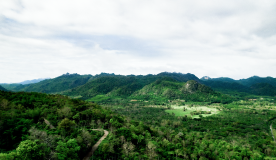Hellfire Pass
Interpretive Centre
The Hellfire Pass Interpretive Centre offers visitors a unique experience of World War II history. Audio guides with survivor stories take you along trails that were cut by those who laboured on the Pass.
Our mission is to keep these stories alive. They show the determination, sacrifice, and humanity demonstrated during extreme hardship. People leave Hellfire Pass with a deeper respect for the peace and freedoms we enjoy today.
Timeline
History
of the centrE
Initial concept by the British Government
The British colonial government first considered building a railway through the thick jungles of the Tenasserim Hills, which separate Thailand and Burma (present day Myanmar). But it decided it was too difficult and costly due to the rough terrain and risk of lives being lost.
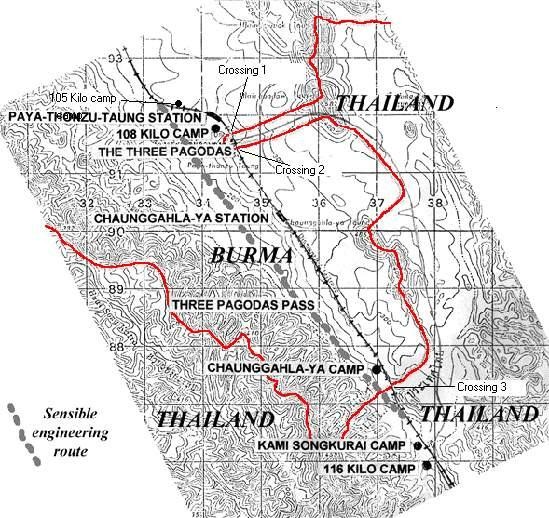
Japanese invasion
At the start of World War II, Japanese Imperial Army launched their initial attacks on Southeast Asia, invading the Malay Peninsula in Malaya and Thailand. They quickly overpowered the British defences.
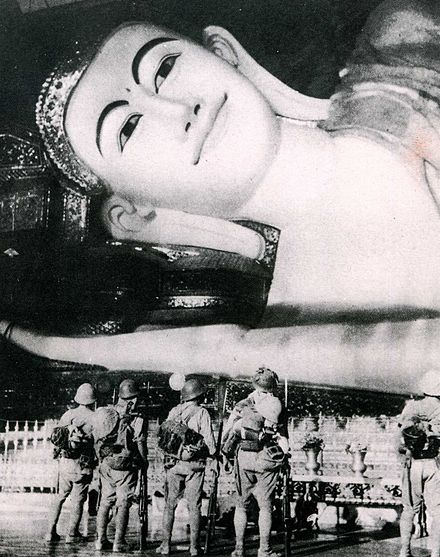
Japanese decision and planning
By mid-1942, the Japanese Imperial Army had control of both Burma and Thailand. To support their military efforts, the Japanese Imperial Army decided to build the Burma-Thailand railway because transporting men and materiel to Burma by sea was too dangerous.

Start of construction
Construction began at two points: Ban Pong in Thailand and Thanbyuzayat in Burma. The Japanese Imperial Army forced Allied prisoners of war and Asian labourers to work on this huge project.
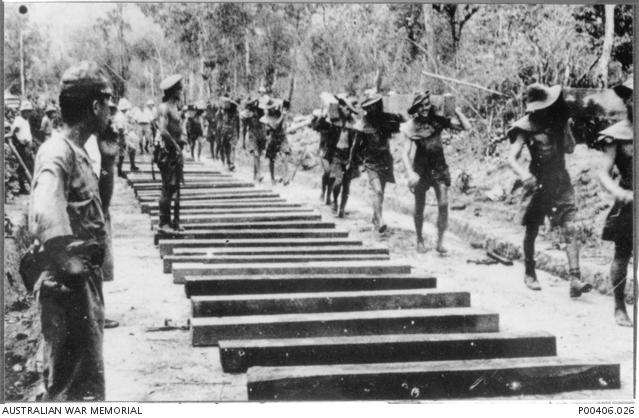
Arrival of POWs
Large groups of POWs captured in Southeast Asia were brought to the railway. These included British, Australian, Dutch, and American soldiers, sailors and airmen.
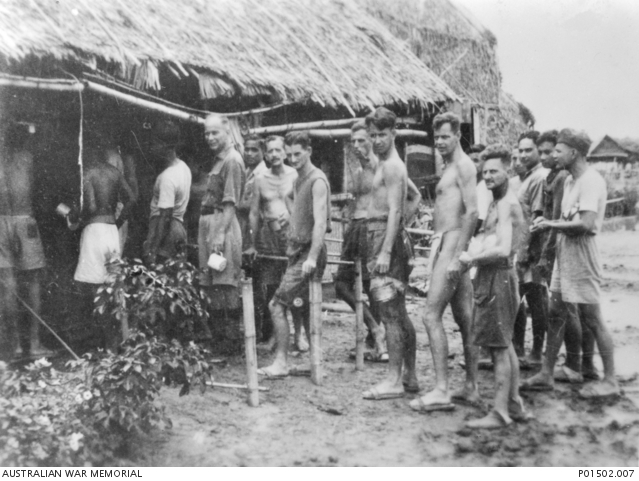
Work begins on Hellfire Pass
Construction started on one of the hardest sections, Hellfire Pass. Workers suffered in brutal conditions, cutting through solid rock.

Completion of the Railway
The railway was finished in just 16 months due to the hard work of the labourers. Sadly, many died from malnutrition, harsh conditions, brutality and disease.
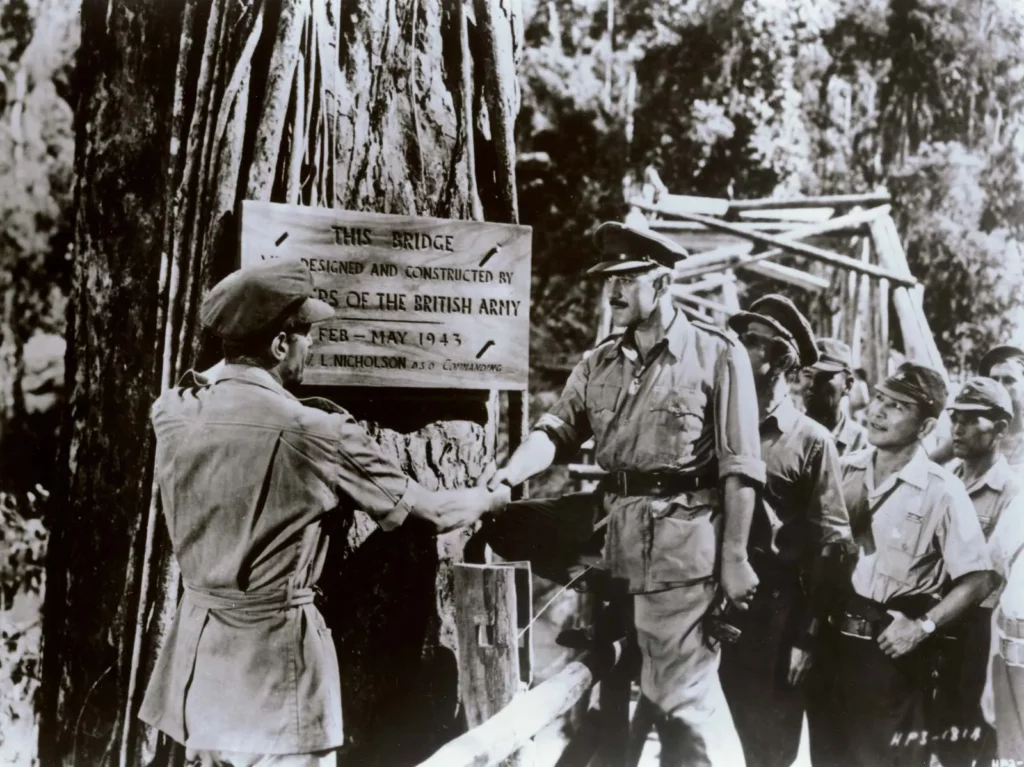
Railway use
The Japanese used the railway to move troops and supplies. Allied forces bombed it often to disrupt these operations.
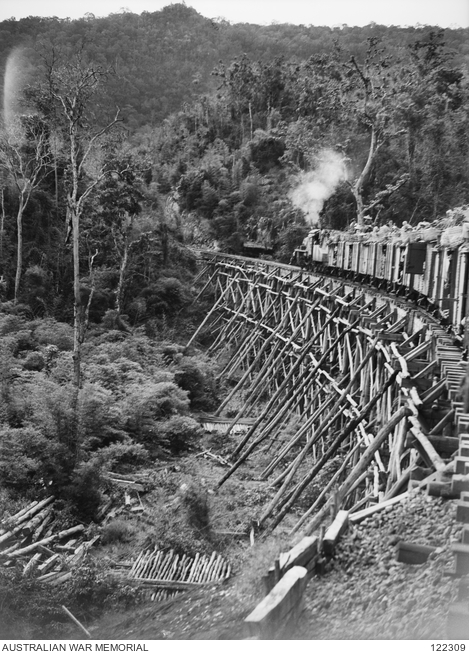
End of World War II
After the atomic bombings of Hiroshima and Nagasaki, Japan surrendered. Allied forces quickly freed the remaining POWs.
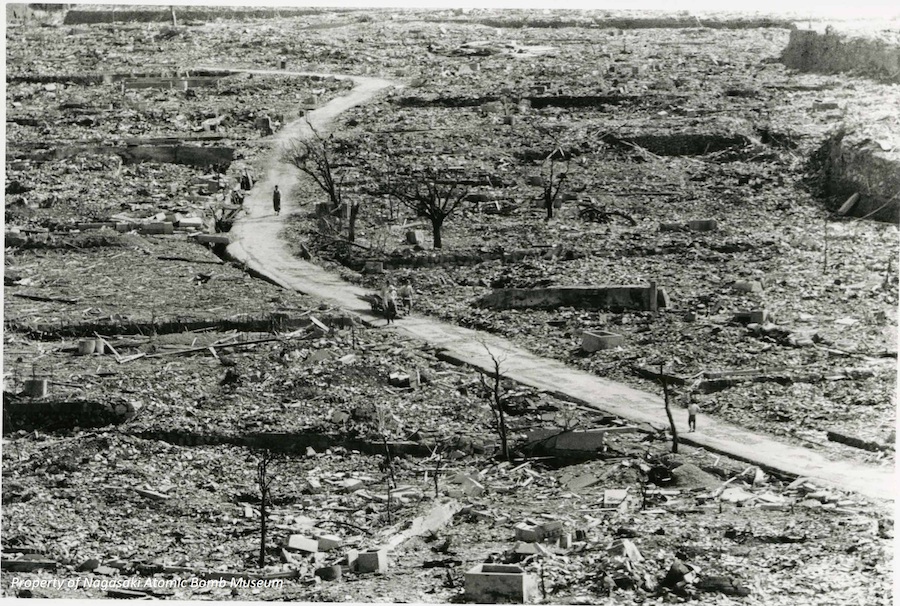
Freedom and the journey home
Allied medical and military teams arrived to help the surviving POWs return home. The former prisoners began their journey back, carrying the scars of their suffering.

Dismantling and Remembrance
After the war, parts of the railway were taken down due to their link to the conflict. Some sections were restored as memorials and historical sites, honouring those who suffered and died.
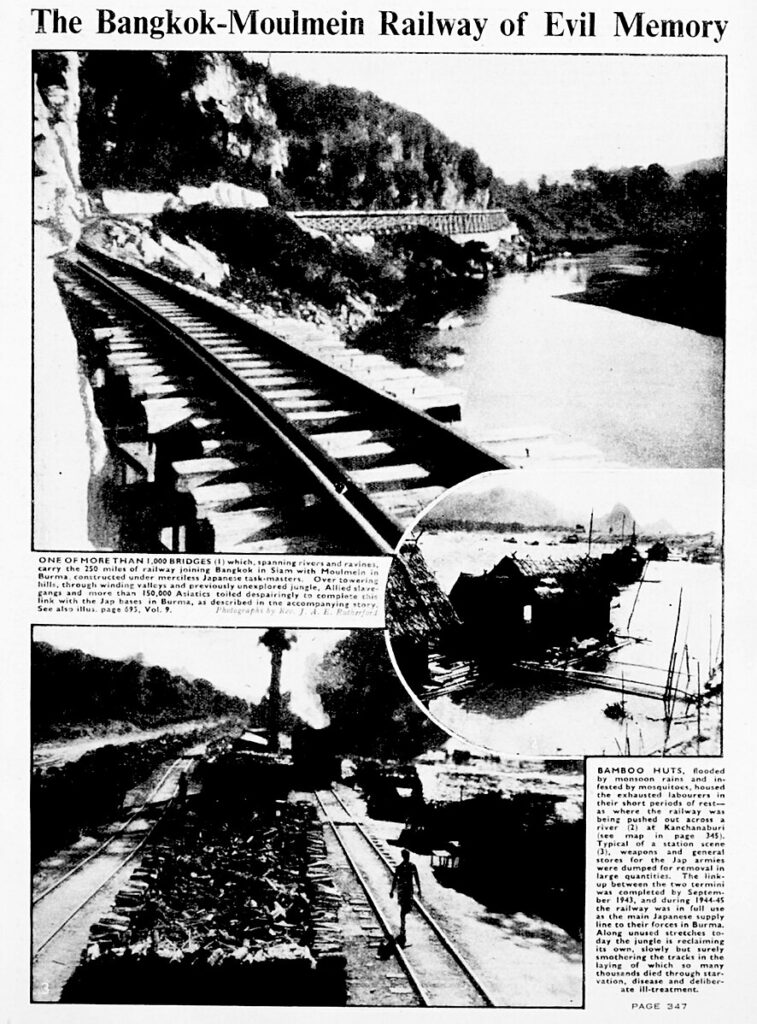
Abandonment
After World War II, parts of the Burma-Thailand Railway, including Hellfire Pass, were abandoned. The rough terrain and sad memories kept people away, and the area was left untouched for decades.
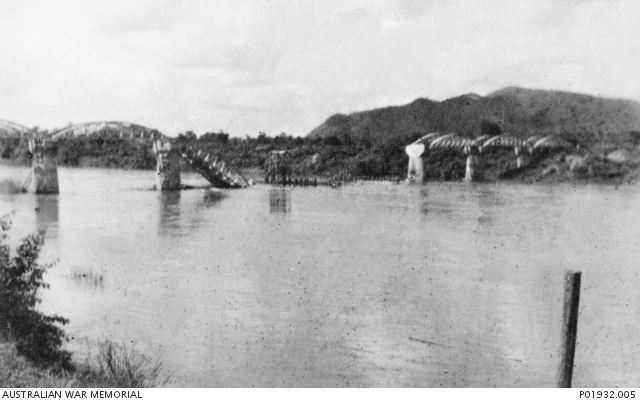
Rediscovery
In the 1980s, former POWs and adventurous tourists rediscovered Hellfire Pass. The POWs’ stories showed the importance of preserving the site.

Memorial plans begin
The Australian Government, with help from surviving POWs and their families, started planning a memorial at Hellfire Pass to honour those who suffered and died.

Opening of the Memorial and Museum
The Hellfire Pass Memorial and Interpretive Centre opened officially. Then Australian Prime Minister Paul Keating attended the ceremony, stressing its importance in Australia's war history.

Anzac Day ceremonies begin
Hellfire Pass became a site for annual Anzac Day ceremonies. These events honour the Anzac soldiers and their role in building the railway. The dawn service has become a major event, drawing relatives of POWs, veterans, and visitors from around the world.
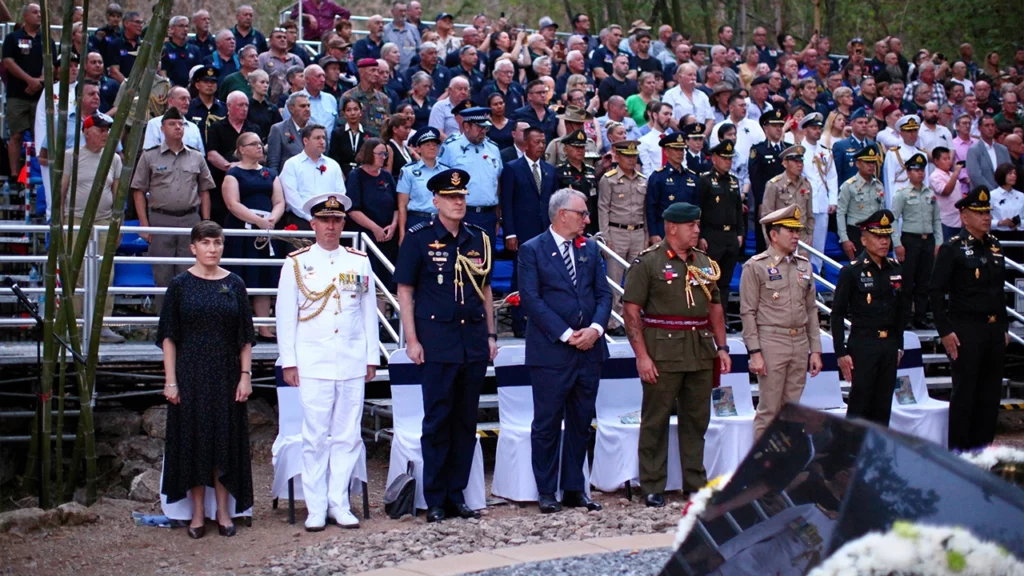
Education and preservation
The site now offers educational programmes about the history of Hellfire Pass and the Burma-Thailand Railway. The site continues to be preserved with improvements to the museum and visitor facilities.

Annual events and growing importance
Each year, Hellfire Pass connects us to the past. Memorial events, tours, and the natural setting make it a place of historical significance and a reminder of human strength.
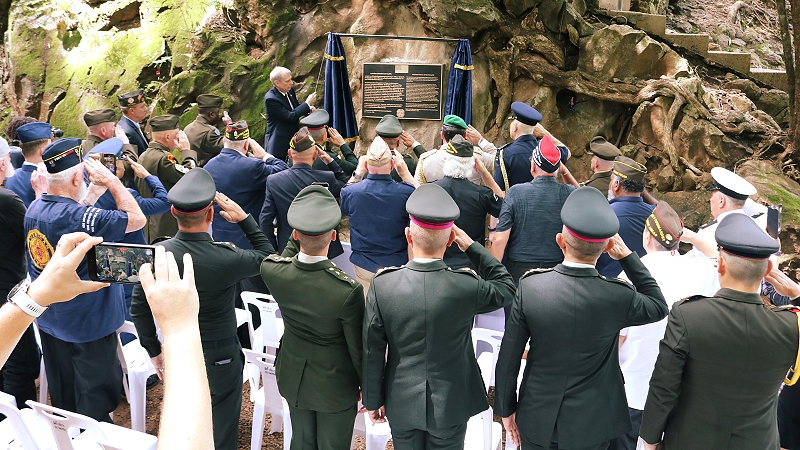
Visitor Feedback
Clean modern museum about a forgotten cruel story
This place gives you a good idea of WWII at the other side of the world. Well explained combined with a nice walk. We recommend the place if you’re interested in the war and you’re in the area!
Boudewijn D., Vietnam.
Definitely worth a visit. And made better by coming on the train from Bridge over the River Kwai.
A moving worthwhile experience.
We visited from Kanchanaburi.
We rode by train along the railway to the end of the line. The train journey added to the experience – although on the way back it was hot and dusty. Here we grabbed some breakfast at a local restaurant at the train station. There was a taxi to take us the 25 mins to Hellfire pass (THB 800 return journey, we joined with another couple at the station)
We walked the longer walk and enjoyed the free audio It was a beautiful walk and very moving. The path was well maintained and informative.
The museum was well maintained by the Australians and its a humbling experience.
It was exceptionally hot when we were there – so we caught the 6.15 train at The Bridge and the 13.55 return train. We arrived at the museum about 9. So it was cool and lovely and quiet on our walk. Knowing some of the history we opted to walk first, and visit the museum after. The audio and signs offered plenty of information.
Karen B., United Kingdom
AMAZING
I would recommend to anyone this experience. Every person must know what happened in the Burma-Thai railway construction. Hellfire pass is the right place to do so.
The museum is super organised and everything is free of charge. You can visit the museum, walk in the hellfire pass, listen to audio guide, watch video and everything for free.
The museum worker ladies are very friendly and super kindly to provide informations to customers.
Simone Luciano F., Italy
If you’ve come this far, this is a MUST.
The Hellfire Pass Interpretive Centre is about 100km from Kanchanaburi. We hired a car for the trip there and back for 2200 Thai Baht. Yes, it was expensive, but the car was air conditioned on a very hot and humid day and the trip direct. The road is a divided four lane road for about half the journey. It takes a little over an hour. There are turning lanes and a few traffic lights in the main villages/towns along the way. Other options include the three times daily train and connecting local bus (basically all day) for a fraction of the price, or local tours that include Hellfire Pass and other attractions such as the Erawan waterfall and other nearby attractions. We based ourselves in Kanchanaburi, but very long day tours are available daily from Bangkok.
The Interpretive Centre is modern, and includes toilets, car parking, and vending machines for drinks and snacks. The main part consists of backlit screens of text in English and Thai accompanying photos and sketches made by the POWs recounting the horrors of the building of the railway. There is a 10 minute film screened on a loop that is worth watching. The real benefit is visiting the track of the railway, a few hundred steps down from the Centre. A short walk (40-45 minutes return) or a longer track (3 hours) is available. The short walk takes you to the Australian Government official War Graves Commission Memorial. A US Memorial Plaque is set to be unveiled on 23 October 2023. The audio guide for the walk, with a 200 Baht deposit, is worth listening to, with POW survivors recounting their first-hand experiences. If you’ve come this far, you should visit the Interpretive Centre.
Matthew JB C., Australia.


